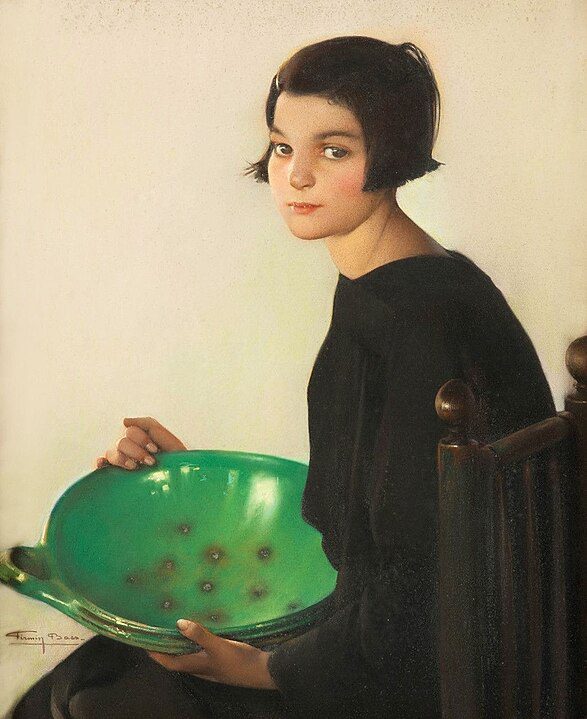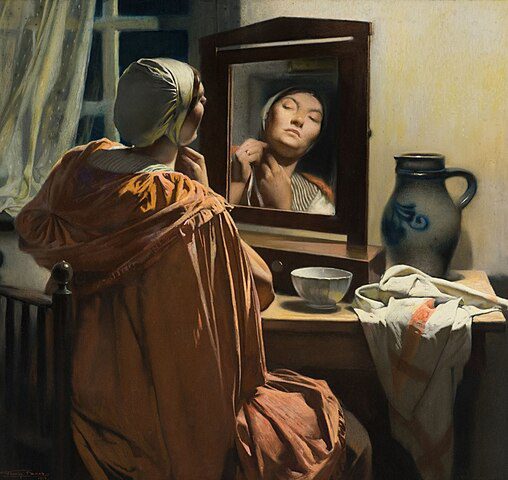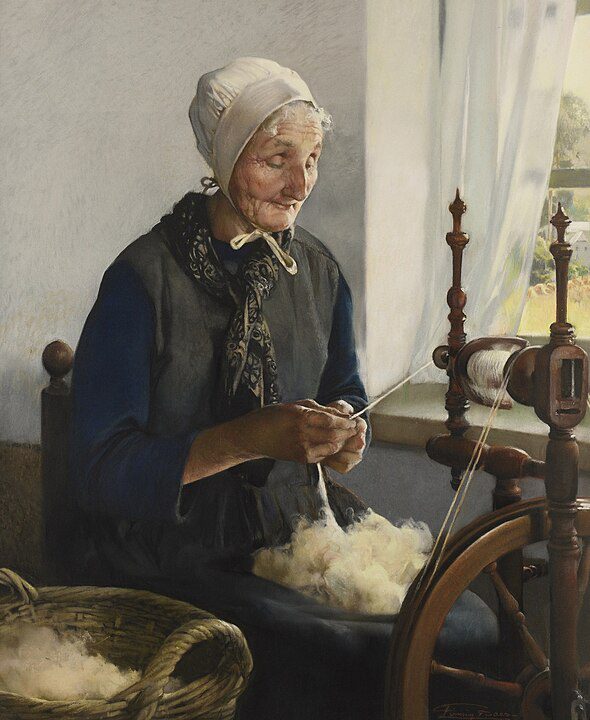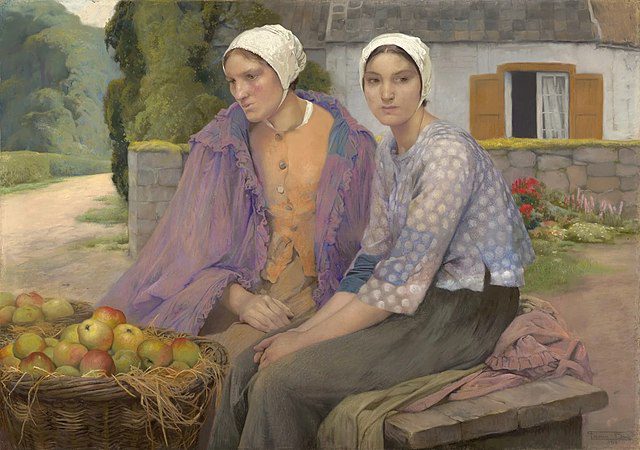
Firmin Baes, born on June 27, 1874, in Saint-Gilles, Belgium, emerged as a distinguished Belgian painter known for his mastery in capturing the nuances of everyday life. His journey unfolded against the backdrop of a rapidly changing art scene in Europe during the late 19th and early 20th centuries.
Early Influences and Education
Baes’ artistic journey commenced under the tutelage of his father, Henri Baes, a respected painter. The familial influence laid the foundation for his early passion for art. At the age of 16, he enrolled at the Royal Academy of Fine Arts in Brussels, immersing himself in the rich artistic traditions that would shape his future work. The academic environment exposed him to diverse artistic styles, from the traditional to the avant-garde, influencing the development of his own unique voice.

During his formative years, Baes displayed an innate talent for portraiture, capturing the essence of his subjects with remarkable sensitivity. The influence of the Impressionist movement and its emphasis on light and color began to manifest in his work, marking the beginning of his distinctive artistic style.
Rise to Prominence
Baes’ rise to prominence unfolded gradually as he gained recognition for his exceptional skill in portraiture. His ability to infuse life into his subjects and convey a sense of emotion resonated with art enthusiasts and critics alike. Baes’ popularity soared, leading to numerous exhibitions across Europe, including notable showcases in Paris, Brussels, and London.

The early 20th century witnessed the artist’s exploration of themes beyond portraiture. Baes delved into scenes of everyday life, capturing the charm of urban landscapes, bustling markets, and tranquil moments with an exquisite blend of realism and poetic imagination. This evolution in his subject matter showcased the breadth of his artistic prowess and solidified his standing as a versatile painter.
Turbulent Times and Artistic Resilience
The turbulent times of the two World Wars cast a shadow over Europe, disrupting the artistic community and challenging the creative spirit. Baes, however, exhibited resilience in the face of adversity. During these trying periods, he continued to create, using his art as a means of solace and expression. The emotional depth and introspection evident in his wartime works revealed a profound connection between the artist and the human condition.

Baes’ ability to navigate the shifting tides of the art world allowed him to maintain relevance and contribute to the cultural tapestry of his time. His unwavering commitment to his craft earned him the admiration of peers and art enthusiasts alike.

Firmin Baes left an indelible mark on the art world, and his legacy endures through the timeless beauty of his paintings. His work continues to be celebrated in retrospectives and exhibitions, with collectors cherishing his pieces for their emotional resonance and technical brilliance.

The artist passed away on August 4, 1943, leaving behind a body of work that reflects the evolution of European art during a transformative era. Firmin Baes’ contributions to portraiture and his exploration of diverse themes ensure that his name remains synonymous with artistic excellence and a deep appreciation for the human experience.




